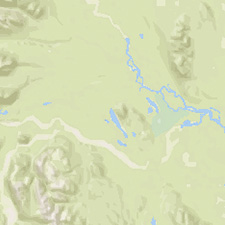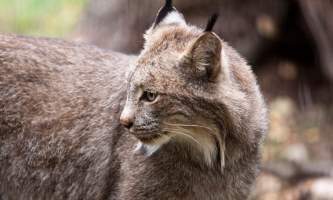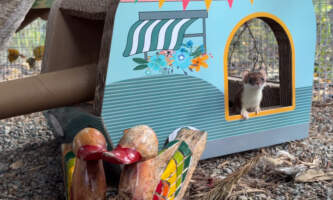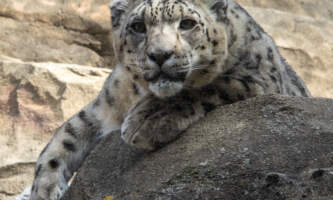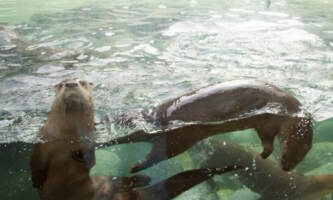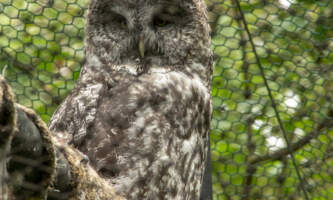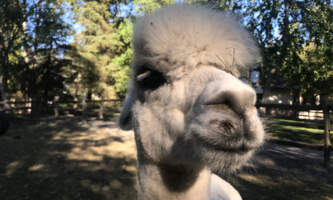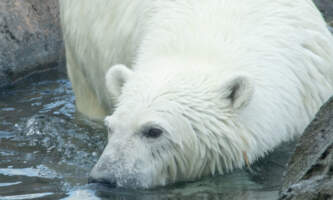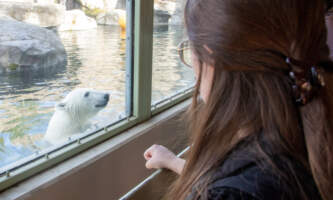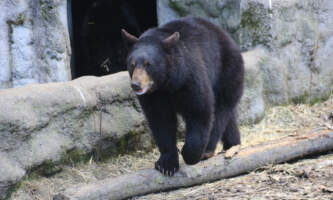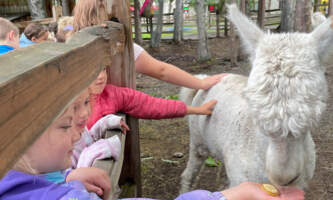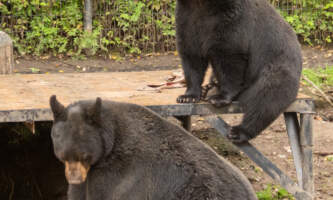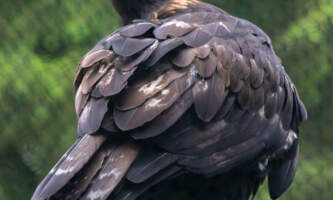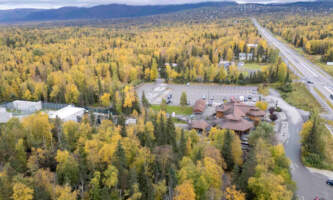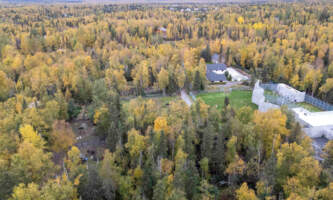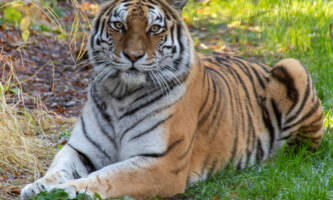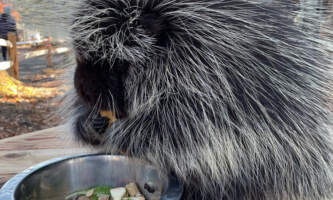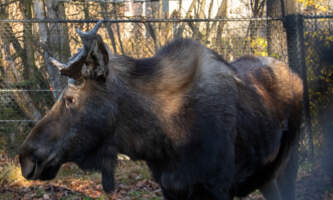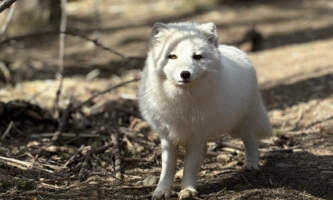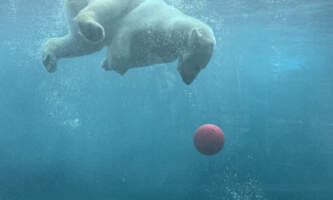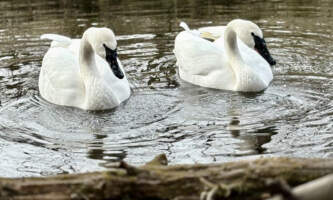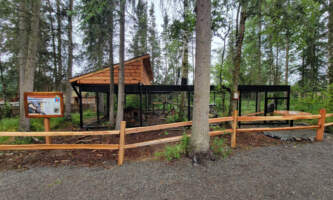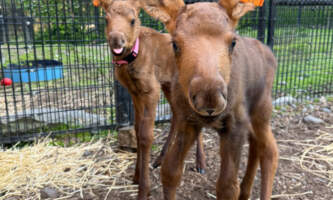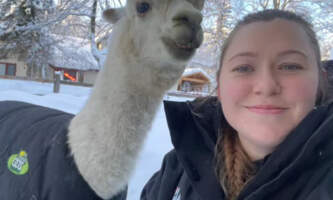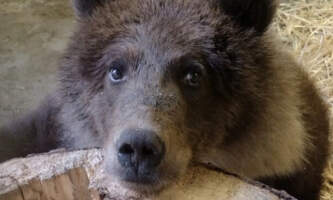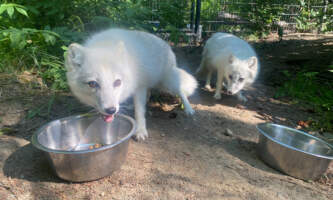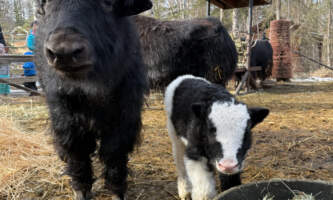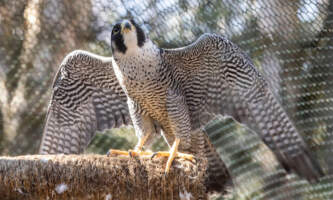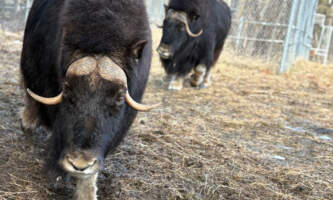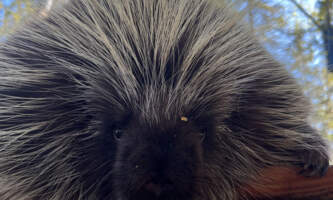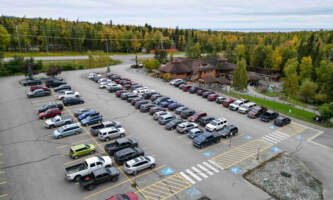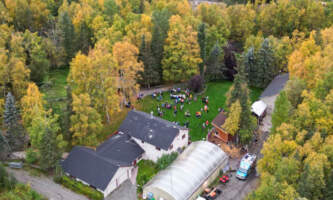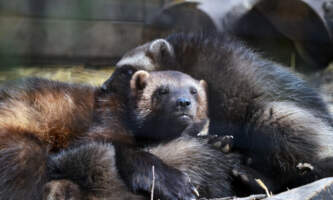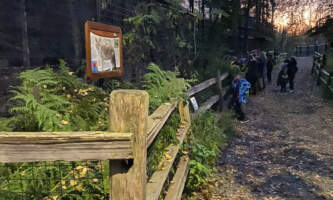The Alaska Zoo started in 1969 with one baby elephant named Annabelle that was won in a contest. She was brought north to Alaska and needed a home. She was taken into a warm horse stall by the late Sammye Seawell, who founded and opened the Alaska Children's Zoo in August of 1969. Since then, the Alaska Zoo has expanded to include 80 animals across 30 acres of the Anchorage hillside. The zoo has the widest variety of animals native to the state of Alaska as well as a handful of exotic cold-climate species that are part of a great center for education and research that focuses on wildlife conservation and animal rehabilitation. The zoo focuses on Arctic and sub-arctic wildlife as a rescue zoo for animals who are in need of care as deemed by wildlife agency managers. A key pillar of the Alaska Zoo's nonprofit mission is to serve wildlife but also the Alaskan community, as well as visitors to the Last Frontier state. Education and community enrichment are key aspects of the zoo's work to further conservation and foster healthy perspectives on the natural world in future generations.
The Alaska Zoo relies on visitor admissions, donations, gift shop sales, coffee shop purchases, zoo memberships, animal adoptions, programs and event attendance to operate and care for the animals as they receive no ongoing city or state funding.
This hillside zoo nestled near the Chugach foothills allows visitors to experience northern wildlife up-close along the gravel pathways which wind through boreal forest. The staff takes pride in maintaining a natural setting for both zoo animals and visitors. During summer months, the zoo offers tours and animal feeding experiences. In winter months, the zoo's trails become quiet with falling snow and the call of ravens, a perfect time to visit and take photos while enjoying winter events like Zoo Boo and Zoo Lights.
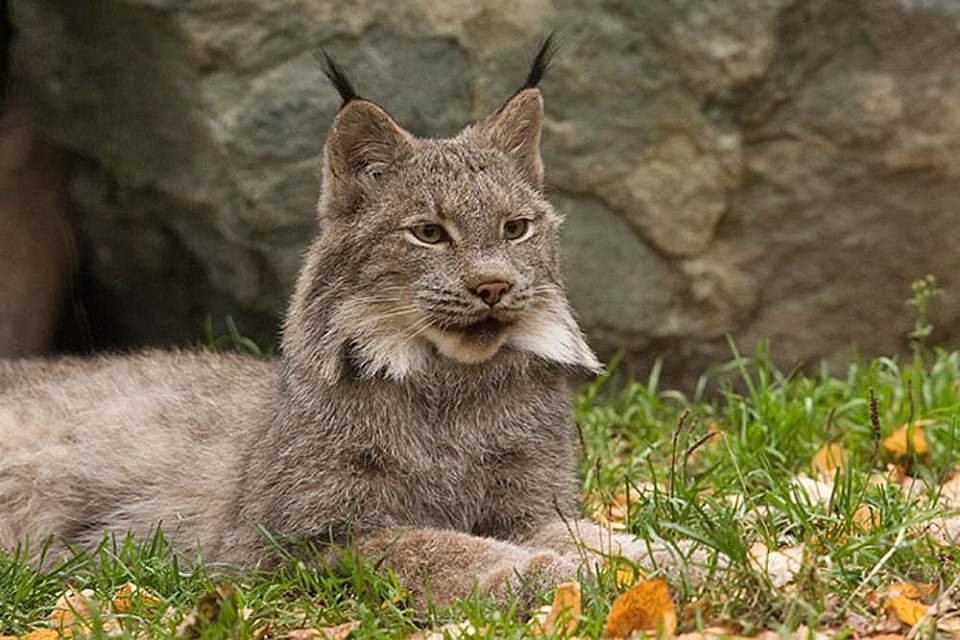
See Alaska's wildlife up close at the Alaska Zoo, which focuses on education and wildlife rehabilitation
Hours
- Hours (last entry 30 minutes before closing)
- Please visit alaskazoo.org for current hours by season.
- Hours of operation are shorter during winter months.
- Closed: Thanksgiving & Christmas Days.
Length
2-3 hours.
Admissions tickets are available online and at the gate. The zoo offers an all-terrain wheelchair rental (subject to availability, contact for details).
Photos by John Gomes.
Prices & Dates
| Season | Year Round |
| Duration | 1.5 - 2 hrs |
| Rates | Admission // Admission // $25 Nonresident Adult (16+), $18 Alaska Resident Adult (16+), $16 Senior (65+)/Military (16+), $12 youth (3-15), 2 and under free. |
| Rate Notes | Rates vary for certain zoo events and programs. Last entry through the gate is 30 minutes before closing time. |

